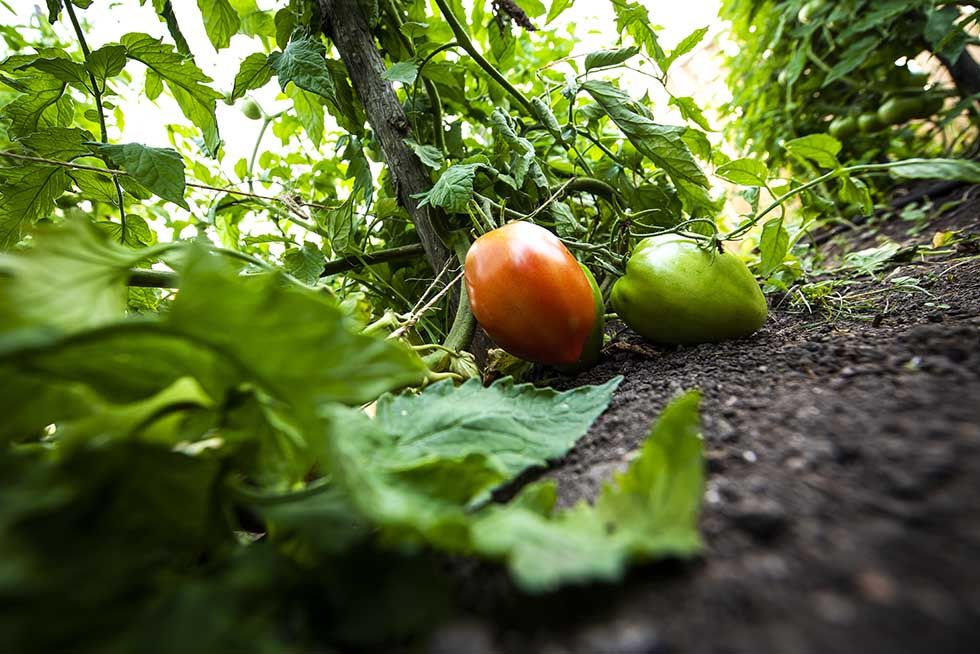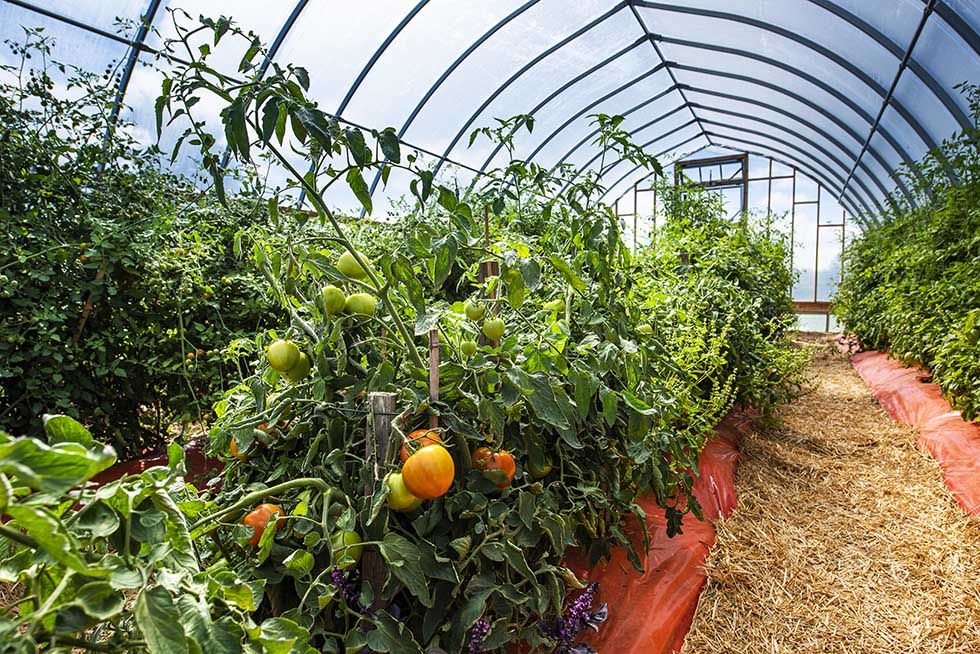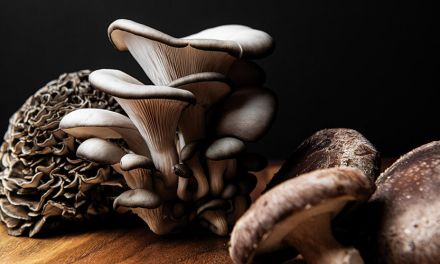Hearts on the Vine
Words by Marcia Masino, photography Clay Dolan
The tomato has a well-travelled origin story, and has been called an aphrodisiac, werewolf bait and wealth attractor. Today, the once reviled fruit is a top performing garden, greenhouse and culinary favourite with fruitful roots.
Where would you find a mortgage lifter, moneymaker, Berkeley tie-dye, black prince or red Brandywine? Your multiple-choice answers are; a. cocktail bar; b. rose show; c. lipstick counter; d. heirloom tomato garden. Correct answer is: d. With quirky names and a colourful rags to riches history the tomato story features werewolves, aphrodisiacs, wealth and a pinch of magic.
Tomatoes weren’t always as popular as they are today. Ontarians devour them more than ever blissfully unaware of their struggle as a revered, reviled then redeemed. They’ve trekked a long way to arrive in your garden and salad bowl. Conquistadors discovered them in the Andes in the 16th century where wild tomato plants are still found today. Tomatl is the Aztec word for tomato. Spanish explorers brought them to Mexico and Europe where they were cultivated.
Food historians speculate that the first European tomato was yellow because 16th Century botanists refer to the Italian tomato as pomi d’oro or golden apple. In France it was known as pomme d’amour, or love apple, and had a sexy connotation. The French thought that since tomatoes closely resembled the human heart (which was regarded as the seat of love in ancient myths) they were an aphrodisiac.
But not all was rich and lovey-dovey in the garden patch—a poisonous evil side effect bruised its reputation. Some folks ate the entire plant, stems and all, falling prey to poisonous illness and hallucinations. They didn’t know that the greens of the tomato plant belong to the deadly hallucinatory nightshade family. In German folklore the tomato was called the wolf peach, or wolfpfirsich because they believed witches could use it to call up werewolves.
The tomato’s bad reputation spread along with the plant as it migrated to North America where immigrants grew it solely for decorative purposes. It was believed that if you ate one it would turn your blood to acid. Case in point, the Puritans called them mad apples or rage apples. Meanwhile back in France, eating the fruit became a popular protest gesture with French revolutionaries because the aristocracy disliked them.

Redemption came from American influencers—Thomas Jefferson first tasted tomatoes in Paris. He deemed them delightful and sent some seeds back to the U.S. to cultivate and promote the plant in the middle 1700s. By the mid-1820s the tomato was popping up in gardens, seed catalogs, recipes and restaurants mainly because physician John Cook Bennett published an article about the fruit’s health virtues, claiming tomatoes could ease diarrhea, dyspepsia, indigestion and even cholera. Before long, pills were packaged and sold that claimed to contain “extract of tomato.” In the span of just a couple of decades, the tomato went from being considered toxic to nature’s most valued medicine.
The modern age of commercially grown tomatoes started with the efforts of Alexander W. Livingston, a botanist and scientist who upgraded the tomato with selective breeding. His 1870s variety called Paragon became a hit in North America, inaugurating a new large tomato industry. At the same time, the first tomato cannery in Ontario was established. The tomato’s original reputation as the pomo d’oro or golden apple was about to resurface and come full circle.

By the Great Depression many tomato canneries existed. The era inspired a new type grown for income and known as depression era tomatoes with names like “the mortgage lifter” and “moneymaker.” They were large, weighing up to two pounds, had impressive yields and grew all year long in commercial greenhouses located in the Virginias. As best sellers they provided relief for small scale plant nurseries and farmers.
Tomato popularity continued its upward trajectory especially in Ontario. Nowadays 98% of the tomatoes grown for processing in Canada come from the province thanks to mechanical harvesting, scientific advances and greenhouses. Ontario has the biggest concentration of greenhouses in North America and the 1990s was the time period when the fresh tomato greenhouse industry was golden. Mostly located in Chatham-Kent and Essex counties, they continue to produce millions in yearly revenue. The surprise is that the U.S. and France import a huge number of fresh tomatoes from Ontario! The export demand has garnered competition so the numbers have fallen by a small percentage in recent years, while domestic tomato consumption continues to see a modest rise.
Field, greenhouse and heirloom varieties grow here. Popular field tomato varieties include sunrise, mountain pride, red star and ultra-sweet. Heirloom tomatoes are increasingly cultivated by passionate northern gardeners who appreciate their distinct flavour, appearance and heritage stories. Growers rave about the big “bull’s heart” (it really does resemble a heart), the small Old German, a multi-coloured variety called “early Annie” and the yellow hued “native sun”. Big, small and colourful the fruit’s vast varieties (there are over 300 grown in Ontario) offer something for everyone’s wallet and taste buds.
Other than the obvious eating and growing practices, you may be wondering how you can get your slice of the abundant tomato action. Folklorists say by placing a large red tomato on the mantelpiece it will bring prosperity to your household. Be sure to change it every few days because there’s nothing worse than a rotten tomato, ask any show biz person. If a tomato is placed on a windowsill or at any entrance, it repels evil from entering.
You know harvest has begun when in mid-August, you are suddenly gifted bushels and baskets of tomatoes from friends and family. Or they are left anonymously at the door by a generous gardener who rings the doorbell and runs away. This could be you if you are a passionate grower of the prolific fruit.











